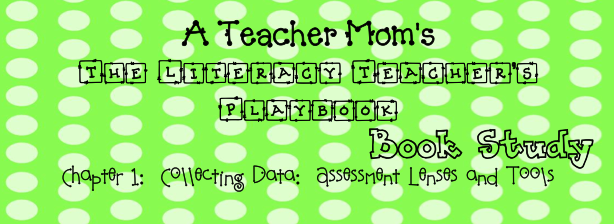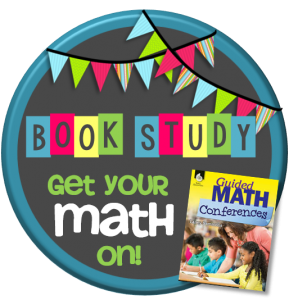It’s book study MadNesS here in my little neck of the woods!
Today is Session 5 of Notice and Note, and I’ve gotta say… this book so far is a lot like reading a college text. It has put me to sleep a few times. Good stuff, but a bit on the dry side. The NEXT section that starts THURSDAY is where the rubber hits the road. Practical approaches to teaching close reading, which I am VERY excited for! So on to today…
How do I judge the complexity of a text?
This section was really interesting to me because I teach in a school with a leveled reading program. I have often questioned the levels of the books that I am teaching. Some seem too easy while others seem very difficult yet both are leveled the same.
Beers and Probst suggest that text complexity is more than just looking at vocabulary and syntax, and breaks it down into three components they feel are necessary to determine the complexity of a text.
Quantitative measures are more like a numeric system that we use for sight words. These measures also use punctuation to determine the difficulty of the text.
Qualitative measures they describe as the levels of meaning. How complex are the ideas in the story? Are there any concrete ideas for the reader? Is there anything hidden from the reader that they will need to decode or infer? Is the language clear and explicit, or is there a lot of figurative language used?
The third, and most crucial area that Beers and Probst ask teachers to consider when determining the complexity of the text is the amount of work a reader will need to do to comprehend the text. A text with a low demand of effort for the reader would have no background needed for the reader to understand the text. It would have an easy setting for the reader to imagine. A text with a higher task demand for the reader would have a more ambiguous background and parts of the background of the text would be assumed.
Confused? I was.
Fortunately the book gives a nice worksheet to analyze the complexity of a literary text. The authors give an organizer that ranges from easier to more demanding text. I found this to be a very helpful tool in determining text complexity, and will use it during my lesson planning in the fall.
The authors also stress that the children’s interest in the material is critical. I think this is obvious for most teachers but is worth repeating.
Where I teach, my students have very limited background knowledge. It is often times difficult to find texts that are relatable to them without having to teach a lot of background knowledge.
Earlier this year we were reading a story about a kangaroo. I asked the class where kangaroos live, and very few students were able to tell me. I was pretty shocked by this, considering my kindergartner could tell me in a heartbeat. I need to constantly remind myself that my students do not have access to the resources that my own children have. Sad but true. Their lack of knowledge added a whole other level of complexity to the text that I was teaching which couldn’t be leveled on a Lexile scale.
Are we creating lifelong learners?
Question number 10 is fairly simple. Are we creating lifelong learners? I would like to think so, but the reality of high-stakes testing dampens the flame. I remember a professor a long time ago give us a little talk about students and the dropout rate. He felt that he was less worried about the kids that are dropping out and more worried about waiting for the kids to drop it. In a nutshell, the kids that are at school are not engaged in their own learning. They should come to school excited and ready to learn each and every day. Their education is a gift and should be cherished. I can only hope to provide a classroom where this happens on a daily basis.
What do you think? Are we creating lifelong learners?
Be sure to come back and visit on Thursday as we start talking about the “signposts” or the skills that the students need to begin to read text closely. I am most excited for this part as they are practical teaching strategies that we can use right away.
And in case you want to hop on the book study train… two more GREAT books studies are starting soon.
Look for my first post tomorrow for the book The Literacy Teacher’s Playbook. I am super excited about this one. I think it will be a good refresher and offer some great tips for teaching and assessing to my little friends.
AND don’t forget, Guided Math Conferences will start next week. It is all about giving effective feedback in math. SUPER EXCITED!!! I read Laney Sammons Building Mathematical Comprehension book last summer and loved it.
Until then, happy reading!





